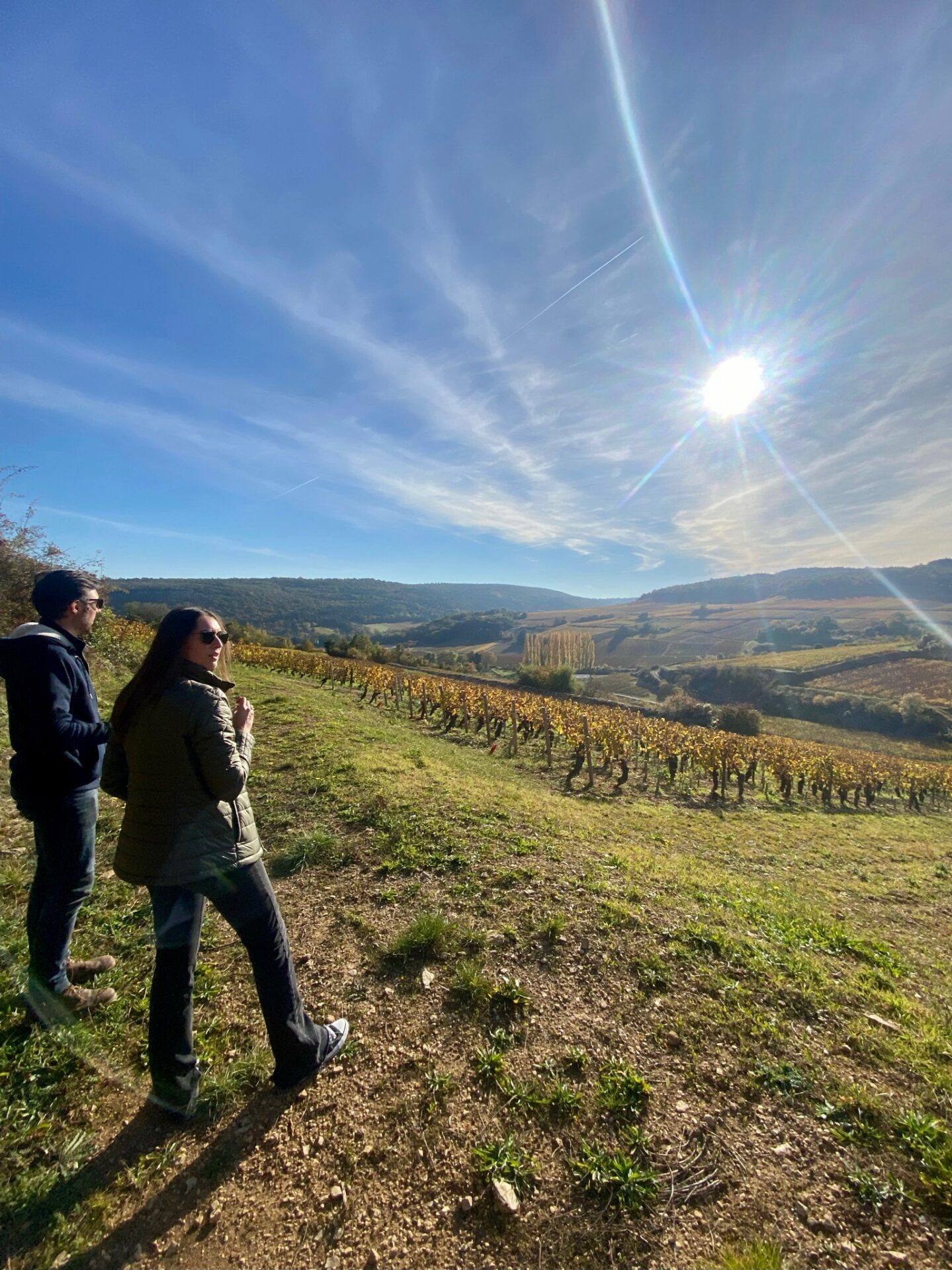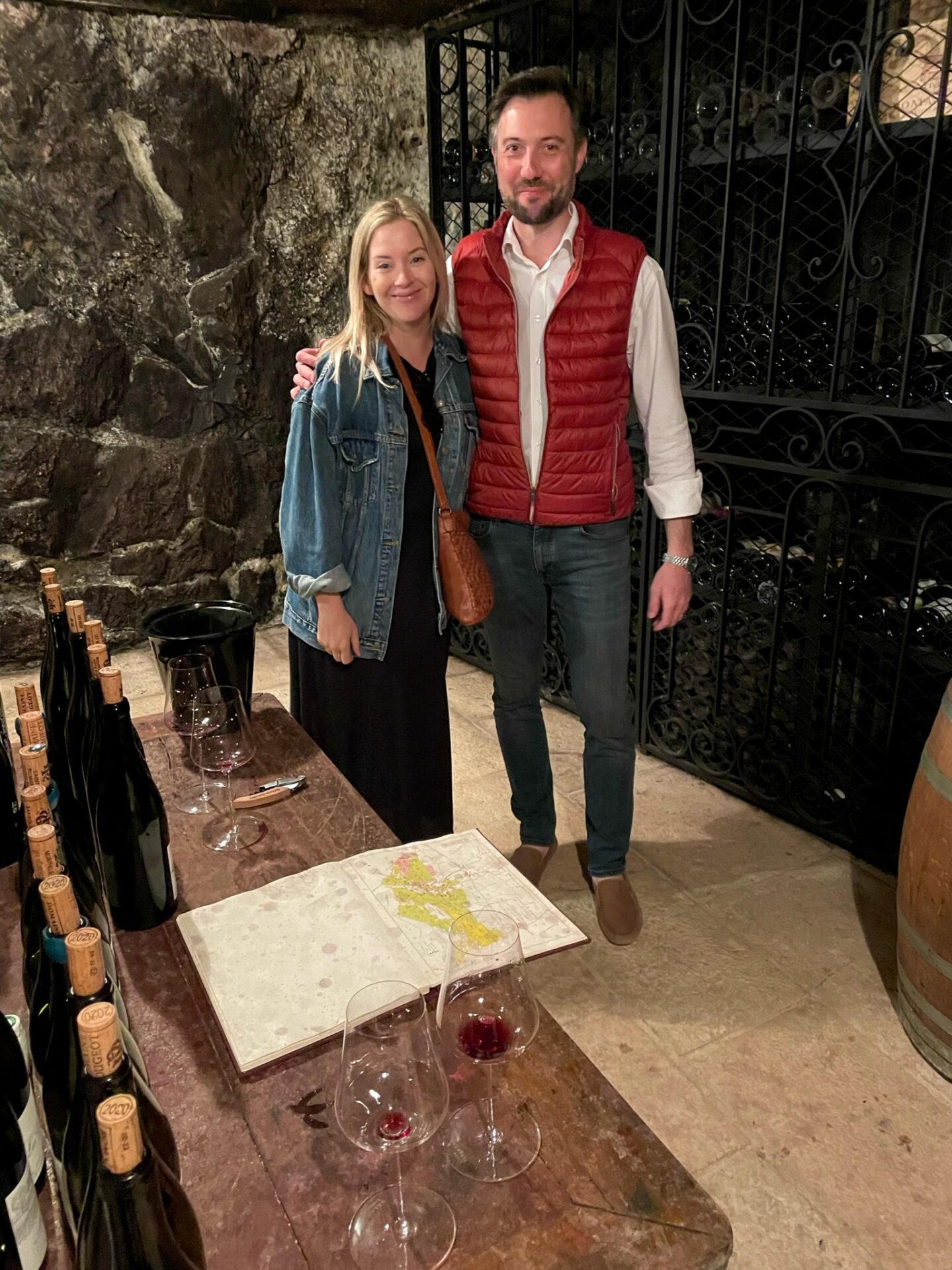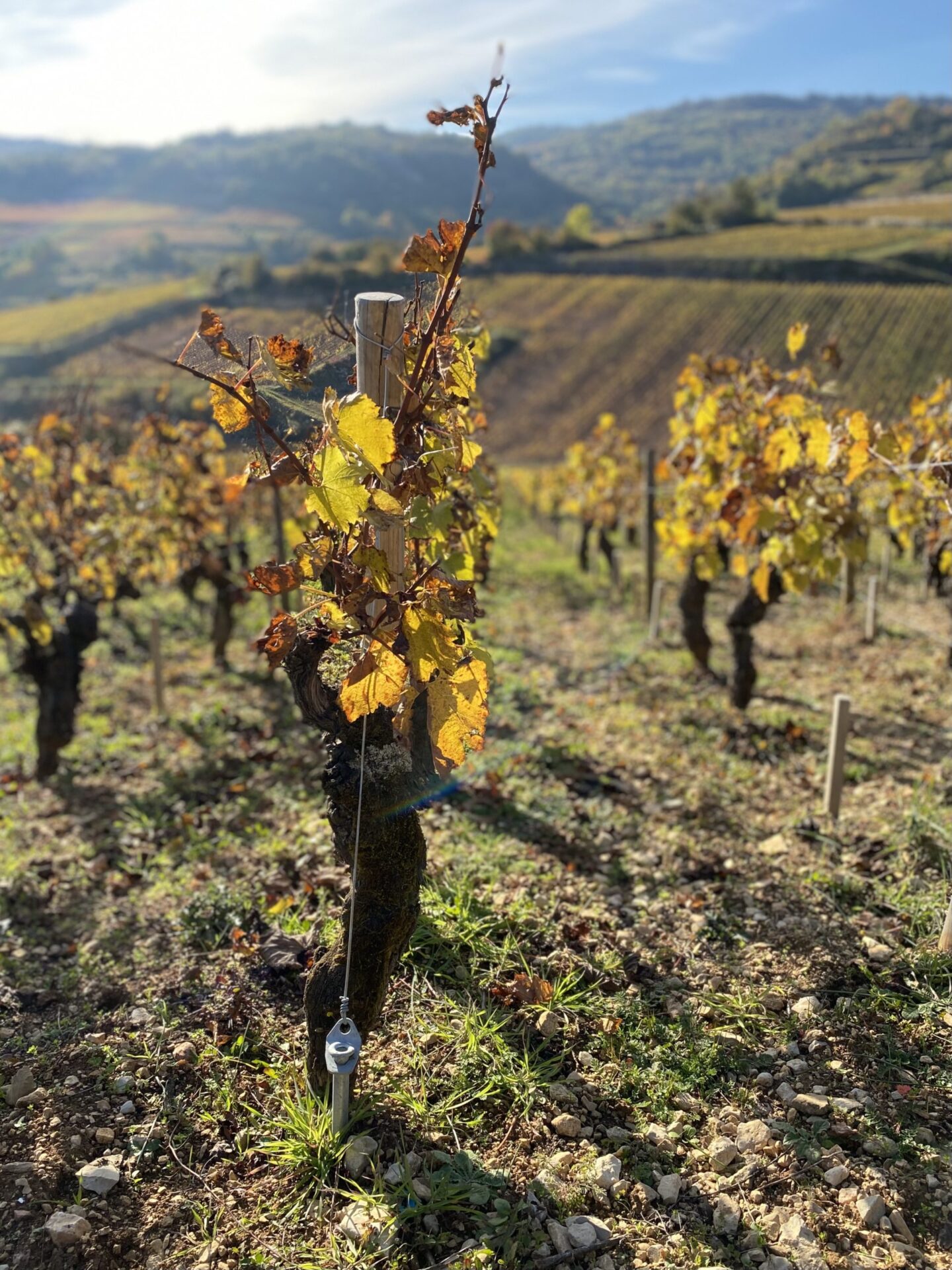2020 Domaine Rougeot Père et Fils Volnay-Santenots Premier Cru
2020 was a great year for Burgundy in terms of quality, but not quantity. Yields were low and stock is hard to come by. Get it while to can, especially since the following vintage, 2021, was a catastrophe.
Organic and biodynamic farming practices, hand-harvested, native yeast fermentation, unfined/unfiltered.
- Tasting Notes cherry, plum, cassis, cranberry, rose petal, dried herbs, leather, baking spices
- Variety Pinot Noir
- Region France, Burgundy
- Volume 750ml
- Alcohol Volume 13.5%
- Table Talk Volnay 'Les Santenots' is technically located in the village of Meursault, but vignerons label there reds from the northernmost vineyards Volnay.
$150.00
In stock
Pierre-Henri Rougeot has been quietly producing some of Burgundy’s most enticing, low-intervention wines since 2010. Upon returning to his family’s domaine— an 18th century stone cellar originally built for the Hospices de Beaune (and purchased by his great-great-grandfather in the 19th century), Pierre-Henri has taken an organic approach to farming and implemented a natural style of vinification in the cellar.
Today, the Rougeot holdings span 13 hectares of vines in and around Meursault. Although greatly influenced by Burgundian tradition, Pierre-Henri’s worldly experience has pushed him to craft soft, energetic vin natures that are shaking up the regions scene in the most profound way. All of Pierre-Henri’s wines are vinified with minimal sulfur and each barrel is tasted regularly throughout élevage. Small amounts of SO2 are added when needed to individual barrels. When possible, Rougeot keeps each barrel completely sans soufre and bottles it under the alternate diagonal stripe label. Each cuvée produced from Pierre-Henri’s hands, from Aligoté and Passetoutgrain to his prestigious premiers crus, is bottled as a single-vineyard designation. The wines are energetic, tasty, and wildly complex. It’s surprising that the domaine has maintained such an under-the-radar profile while producing such thought-provoking wines.
PINOT NOIR
This elusive and delicate light-bodied grape is a winegrowers dream, but can be difficult to achieve. Stubborn, yet flirtatious, Pinot Noir is tantalizing creating a beautiful dance between the grape and the winemaker. The resulting light red wine can be nothing short of spectacular. Loved for its red fruit and spicy characteristics, its also a great food partner. Look for notable regions including Burgundy, France, Central Coast or Sonoma in CA, Willamette Valley in Oregon, and Pfalz or Baden in Germany as well as many other regions around the world in New Zealand, Australia, Chile, and Argentina.
BURGUNDY, FRANCE
Burgundy is a historical region in east-central France that covers a wide area with ranging climates. The large number of producers and appellations within Burgundy can make the region seem complicated to the eye. At its essence though, Burgundy can be quite simple. This is the home for Pinot Noir and Chardonnay, and these wines are second-to-none around the world. Burgundy winemakers were the pioneers for premium Chardonnay production and continue to provide a benchmark of excellence in viticulture and winemaking for all of their varieties.
Vineyard location is extremely important in Burgundy. The location will determine their quality level within the Burgundy appellation hierarchy. The highest-quality vineyards will generally have a south or southeast facing exposure providing the most access to sunlight and offering protection from westerly winds. These wines may be listed as premier cru or grand cru on the bottle label. Soils in Burgundy can vary depending on the area, but you’ll find many of them are rich in limestone and clay. Burgundian wines can age for many years if stored properly and will often hit their peak drinking age 5-10 years after production.
Chablis, the Côte d’Or, Côte Chalonnaise, Mâconnais and Beaujolais are all appellations within Burgundy that have different rules and produce different styles of wines. Perhaps even more well-known are the sub-appellations within. The small villages of Corton, Montrachet, Meursault, and so on have reputations for producing the best white wine in the world.












